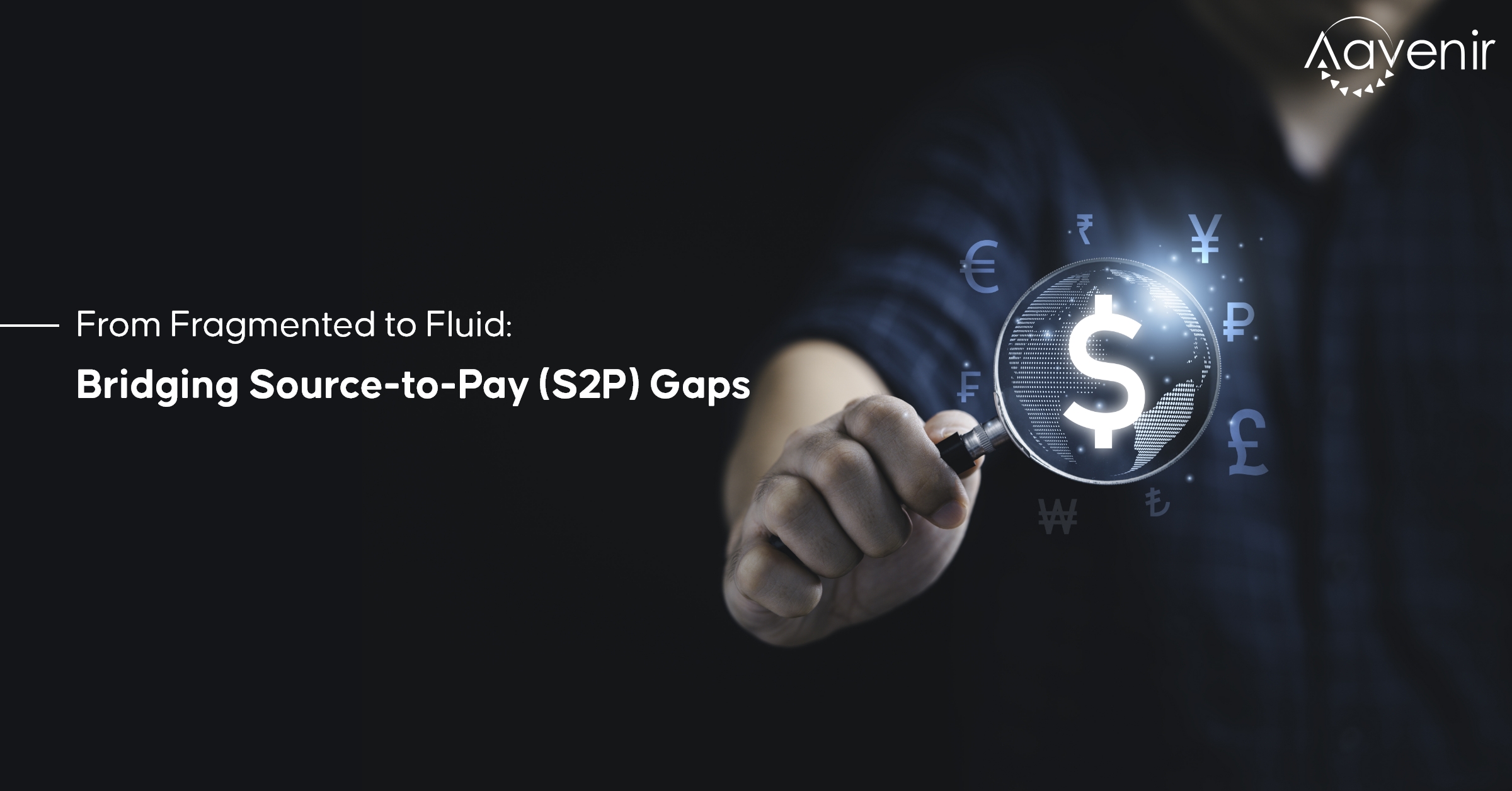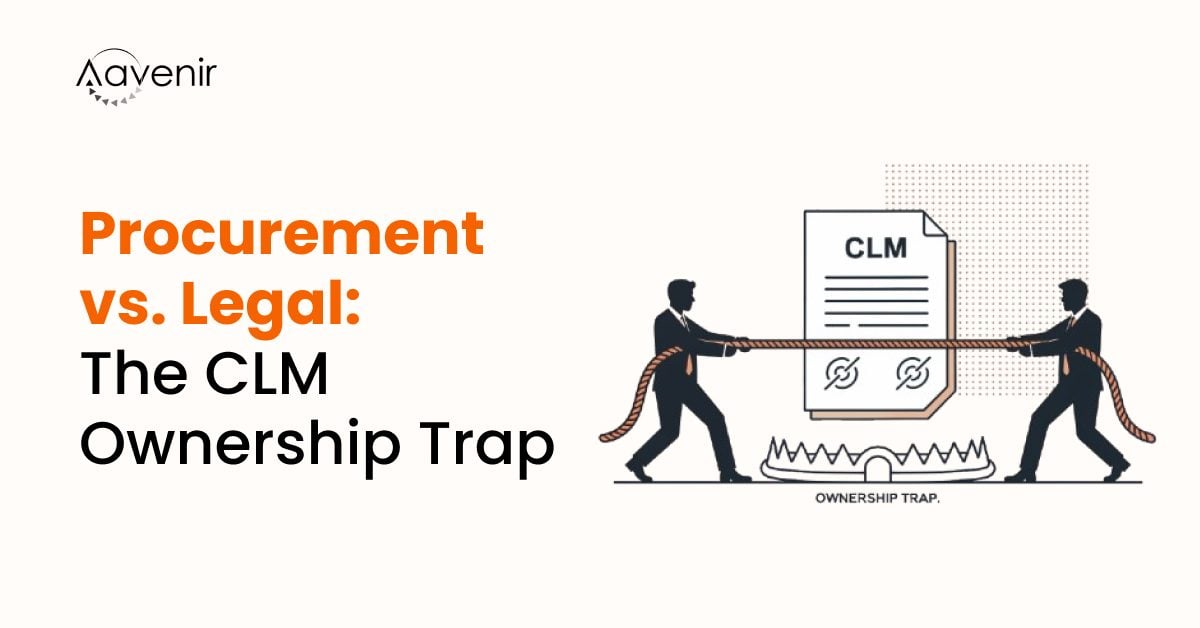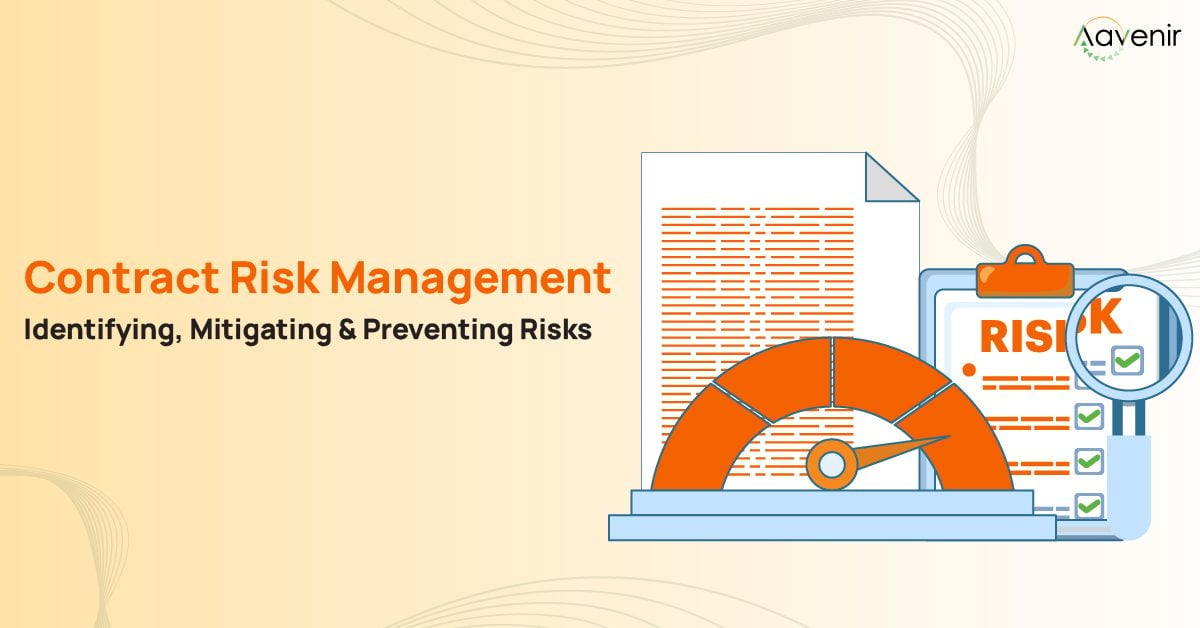Imagine your procurement process as a well-orchestrated symphony. Each department and step in the source-to-pay cycle represents a different instrument or section of the orchestra. However, if there is a lack of coordination and synchronization between these elements, the harmonious melody turns into a dissonant cacophony. Just like a symphony conductor brings together the musicians and ensures a seamless performance, bridging the source-to-pay process gaps requires a conductor-like approach, bringing together fragmented processes, aligning data and communication, and harmonizing the efforts of different departments. By doing so, you can transform your procurement process into a symphony of efficiency, accuracy, and success.
Inefficient Source-to-Pay (S2P) processes cost companies millions of dollars annually and hinder cost savings and supplier relationships.
In this blog, we will delve into the root causes behind these source-to-pay process gaps and explore actionable strategies to bridge them effectively. Join us as we uncover organizations’ key challenges and practical solutions to optimize your procurement processes for success.
Source-to-Pay Process Gaps: Root Causes and Actionable Tips to Bridge Those Gaps
#1 Lack of Unified Processes
Organizations often have fragmented processes involving multiple systems and manual intervention, leading to a lack of visibility and transparency across the entire procurement cycle. This can result in missed opportunities, delays, and errors, leading to non-compliance with contracts and legal requirements. Also, in most cases, departments often work independently, without a clear understanding of each other’s needs or objectives. This can lead to conflicting goals and priorities, making it challenging to establish a coherent and efficient procurement process.
Tip: Unlock efficiency and mitigate risks in source-to-pay processes by consolidating systems, fostering collaboration, and enhancing transparency across your organization.
#2 Duplication of Records and Efforts
Confusion and inefficiencies arise when multiple records for the same vendor or purchase order exist in the system. Scattered and disjointed processes often result in duplication of work, wasting time, money, and resources.
For example, if one team is manually entering data into a system that another team is already using, it can result in duplication of work and unnecessary expenses.
Tip: Eliminate duplication of records and efforts by implementing a centralized system and standardizing data entry. This will help streamline operations, improve accuracy, and optimize resource allocation.
#3 Lack of Visibility
When processes are disconnected, it becomes difficult to get a holistic view of the organization’s operations. This lack of visibility can lead to missed opportunities, increased risk, and poor decision-making.
For instance, if a procurement team is unable to view supplier contracts, it may result in missed opportunities to negotiate better terms and prices.
Tip: Enhance visibility in your procurement process by implementing an integrated system that provides real-time insights and comprehensive data. This will enable you to make informed decisions, identify opportunities for cost savings and process improvements, and mitigate risks effectively.
#4 Delayed Approvals
Disconnected processes can also lead to delayed approvals, which can impact the organization’s ability to meet critical deadlines.
For instance, if a contract approval process is not streamlined, it may take longer than necessary to get the necessary signatures, which can delay the start of a project.
Tip: Optimize your workflows by establishing connected processes to meet critical deadlines and prevent delays in obtaining required signatures.
#5 Compliance Risks
When processes are disconnected, it becomes challenging to manage compliance risks effectively.
For instance, if the legal team is not aware of the contract terms agreed upon by the procurement team, it can lead to non-compliance and potential legal issues.
Tip: Align communication and real-time collaboration between teams, such as procurement and legal, to avoid non-compliance and mitigate potential legal issues.
#6 Poor Data Quality
Procurement organizations often struggle to maintain accurate and consistent data across their procurement systems, making it difficult to monitor and measure performance effectively. Disconnected processes can lead to poor data quality, which can impact the accuracy of reports and analyses. For instance, if procurement data is not integrated with the financial system, it can result in inaccurate financial reporting and analysis.
Tip: Ensure accurate and consistent data by integrating procurement data with the financial system, enabling reliable reporting and analysis for informed decision-making on a single data model.
#7 Inaccurate and Outdated Information
When data is incomplete or inaccurate, it can lead to incorrect decisions.
For example, if a vendor’s address is incorrect in the system, it may lead to deliveries being sent to the wrong location.
When procurement data is not updated regularly, it can become outdated and unreliable. This can lead to delays in the procurement process and missed opportunities for cost savings.
Tip: Consolidate contracts and vendor information in a centralized contract repository and vendor master data to maximize efficiency, mitigate risks, and unlock valuable insights.
#8 Lack of Data Governance
The absence of clear rules or guidelines for data entry and management leads to inconsistent or inaccurate data. A lack of data governance can also make it difficult to identify and resolve data quality issues. When procurement data is entered in different formats or with varying levels of detail, it can be difficult to analyze and use effectively. This can lead to inefficiencies and errors in the procurement process.
Tip: Simplify audits, mitigate risks, and strengthen governance across your organization with a contract management solution pre-integrated with ServiceNow’s comprehensive GRC solutions.
#9 Ineffective Procurement Contract Management
If procurement contracts are not monitored regularly, it can lead to missed deadlines, under-delivery of services, and even breach of contract.
Ineffective communication between procurement teams and suppliers can lead to misunderstandings, misinterpretations, and errors in contract terms and conditions. Likewise, inadequate review and negotiation of procurement contracts can lead to unfavorable contract terms, overpriced goods or services, and even legal disputes.
If organizations are relying on manual processes for procurement contract management, it can lead to inefficiencies, errors, and inconsistencies in the contract management process.
Tip: Centralized contract management on ServiceNow platform makes it seamless to track contracts which can save organizations from missed renewal dates, duplicate contracts, and missed opportunities for cost savings.
Can Source-to-Pay process gaps be bridged? What can Aavenir do for you?
In conclusion, bridging the S2P gaps is indeed possible with a holistic approach that tackles fragmented processes, poor data quality, organizational silos, and technology limitations head-on. It requires a willingness to embrace change and a commitment to investing in the right tools, technologies, and processes that facilitate effective S2P management.
At Aavenir, we understand the challenges organizations face in their source-to-pay processes, and we have developed a comprehensive Source-to-pay suite to address these challenges. Our suite is designed to revolutionize supplier selection, vendor onboarding, contract management, ongoing compliance management, and vendor invoice management. Powered by AI, our solution streamlines the entire process, empowering you to make informed decisions while saving valuable time and resources.
We invite you to contact us and discuss how our Source-to-pay suite can be the perfect fit for your organization. Together, we can bridge the S2P gaps, optimize your procurement processes, and unlock new levels of efficiency, cost savings, and supplier relationships. Reach out to us today and embark on a transformative journey towards procurement success.
Meanwhile, don’t forget to grab a FREE copy of our E-Book, ‘Transforming Source-to-Pay on ServiceNow,’ to delve deeper into the strategies and best practices for optimizing your procurement processes and bridging your source-to-pay process gaps.




